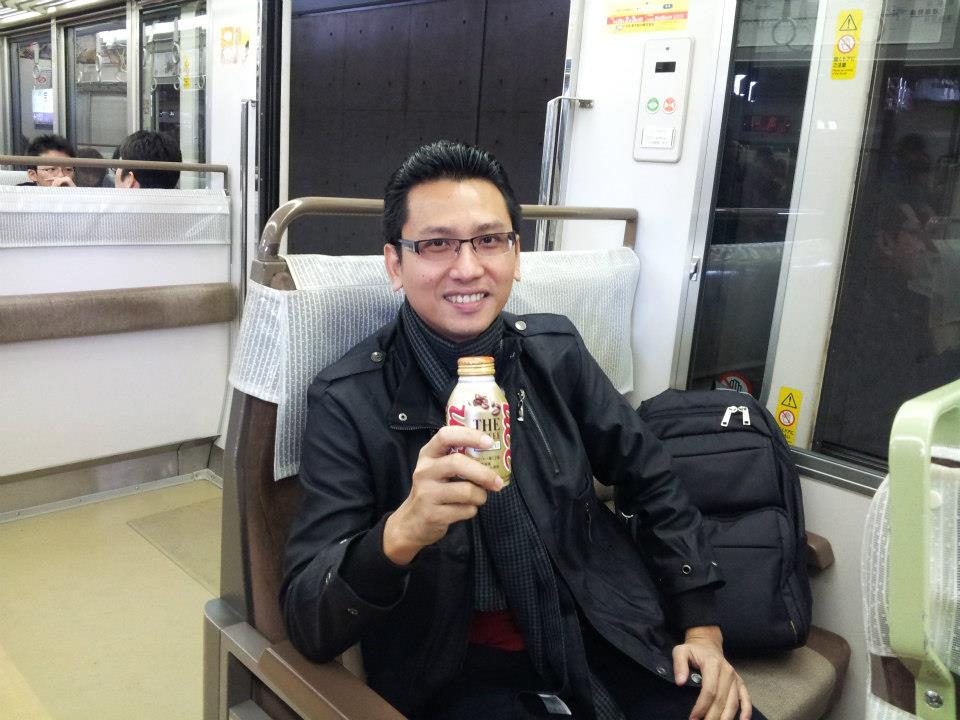AERATED CONCRETE FROM AGRO-INDUSTRIAL WASTE FOR THERMAL REDUCTION IN BUILDINGS
Abstract/Executive Summary
The aerated concrete from agro-industrial waste is a new technology whereby it may enhance the development of cool concrete technology. Basically, aerated concrete will produce hydrogen-air bubbles which later may lead to higher porosity. With such invention, the unique idea of mixing the aerated concrete with POFA (Palm Oil Fuel Ash) and Bottom Ash (Coal Power Plant) totally replaced sand material (by using wastes ashes) might reduce the behavior of absorption of heat. In the previous study, clay brick stored numerous heat in particular material and release back late at night. This phenomenon will lead to urban heat island issues. Thus, this study investigates the behavior of agro-industrial aerated concrete properties based on the best surface temperature performance and optimum percentage of POFA replacement for cement. The reduction of heat happens as it provides the delayed of heat transfer which benefits climate control in areas with large outdoor temperature fluctuations that enter the house hence having a low thermal conductivity. Besides that, the study investigates the engineering properties of Agro-Industrial Aerated Concrete based on different water-cement ratios. From trial mixes, only the best and optimum mixing will further test for the thermal capacitance, conductivity, and convective heat transfer. The behaviors of temperature on site were annually monitored. It is expected that the Agro-Industrial waste has potential properties to develop best surface temperature performance at least 50% from the total materials use and this may reduce at least 50% from the total cost production since it only wastes which normally were dumped to the landfill. With such achievement, it will generate wealth from waste as required for green technology and can be implemented in construction materials.
LIPID RECOVERY FROM POME AS BIOFUEL
Abstract/Executive Summary
Algae species are recognized as photosynthetic organisms that occur in most habitats. Recently, several strains of microalgae have been studied as they contain high lipid content capable to be converted to many useful applications (Biodiesel, pharmacy, CO2). Microalgae are eukaryotic cells reported as the potential resources to produce lipids. POME is a source of enormous organic and nutrient content, considered favorable for the growth of several types of microalgal species to produce lipid. The aim of this study is to explore the potential of indigenous microalgae for lipid production present in the pond contaminated with Palm Oil Mill Effluent. A few studies have been concentrated on the microalgae potential for the production of greater worth products from POME. Moreover, one of the remarkable issues is the depletion of fossil fuel consumption and the lack of alternative reserves and also CO2 emission problems produced in the environment. POME is the most polluted organic residue generated from palm oil processing and composes of high nutrient content mainly oil and fatty acids. Fatty acids include the building blocks for triacylglycerols and all other cellular lipids. Therefore, microalgae utilize C, N, P from POME to produce oil and fatty acids. On the other hand, Malaysia has a great source of palm oil wastewater that is economically perfect for microalgae cultivation. Furthermore, microalgae are the primary producers of oxygen on the planet, generating 40-50% of the world’s atmospheric oxygen. There are as many as 30,000 known species of microalgae and more are being discovered and categorized, however, only a few hundred are actively being investigated and very few produce industrially. Depending on species, microalgae produce many different kinds of lipids, hydrocarbons, and protein. The expected result of this study will be: 1– The local species of microalgae were identified and the potential microalgae species in Palm Oil Mill Effluent (POME) for high lipid production were selected. 2-The laboratory-scale of open pond system for selected species of microalgae (screened from POME) by determining the optimized condition of parameters (nutrients, carbon source, light, and temperature) were prepared. 3-The optimized condition using Palm Oil Mill Effluent (POME) for existing culture from a laboratory in the actual open pond system will be applied. Besides, this approach helps to obtain the optimized condition for microalgae cultivation in the existing pond of POME which can be used as a guideline for high lipid production.4-The optimize the experimental condition of selected microalgae species cultured from lab-scale in a simulate open pond will carry out
